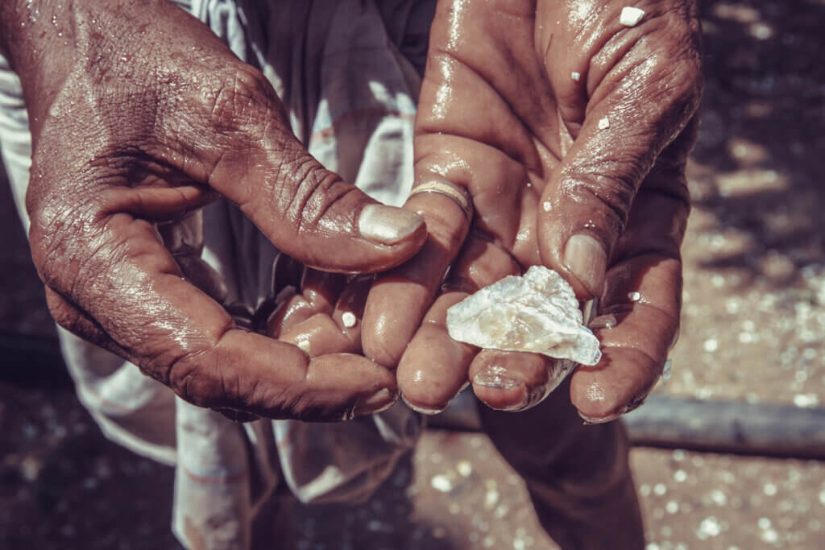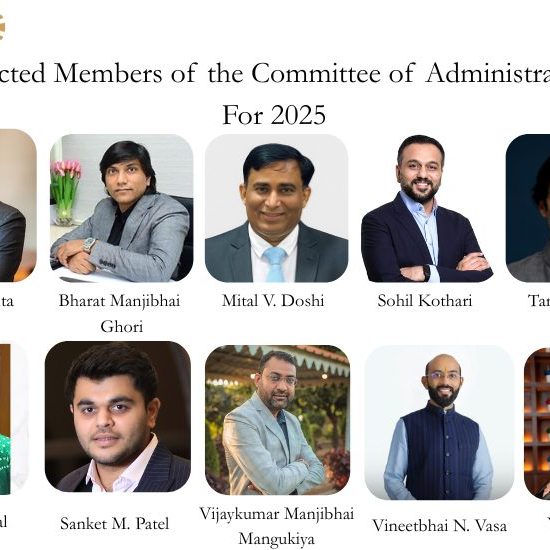In a landmark move to strengthen the global natural diamond industry, the Gem & Jewellery Export Promotion Council (GJEPC) of India has joined hands with major mining countries and international trade bodies by signing the Luanda Accord on June 18, 2025, in Luanda, Angola.
Under this historic agreement, 1% of annual rough diamond sales revenue from each signatory will be contributed to a shared global marketing fund managed by the Natural Diamond Council (NDC).
Who Signed the Accord?
The Luanda Accord brings together a powerful coalition of stakeholders:
- Diamond-producing nations: Angola, Botswana, Namibia, South Africa, and the Democratic Republic of Congo (DRC)
- Industry bodies: GJEPC (India), Antwerp World Diamond Centre (AWDC), Dubai Multi Commodities Centre (DMCC), and De Beers Group
This collective action aims to reignite global consumer interest in natural diamonds by investing in sustained and unified marketing campaigns.
Why Now? The Need for Strategic Action
The natural diamond industry has seen a softening in demand due to:
- Global economic slowdown
- Geopolitical instability
- Growing popularity of lab-grown diamonds
By pooling 1% of revenue from rough diamond sales, the industry aims to combat the declining perception of natural diamonds and reinforce their narrative of luxury value and ethical sourcing.
India’s Role: Supporting Surat’s Diamond Legacy
India, especially Surat, which is home to 800,000 diamond-cutting professionals and supports over 1.5 million jobs across the value chain, has a vital stake in the success of this initiative.
Shaunak Parikh, Vice Chairman of GJEPC, called the move a “fundamental shift” and reiterated India’s commitment to the long-term health of the natural diamond sector.
Governance, Transparency & Implementation
The Natural Diamond Council will be responsible for:
- Designing and managing global marketing campaigns
- Implementing a revised governance framework
- Conducting annual audits to ensure transparent fund usage and marketing impact
Each participating country will establish legal frameworks to route the 1% contributions through secure, monitored systems.
Industry Leaders Speak
- Isidore Mörsel, President, AWDC: “The Luanda Accord is not just a financial commitment; it’s a philosophical one—unifying producers and traders in a common cause.”
- Ravi Bhansali, Vice President, AWDC: “A historic moment that will restore consumer confidence and support markets like Antwerp and Surat.”
Complementary Efforts: Antwerp’s Campaign
In parallel, AWDC has launched its “We Protect A Legacy” campaign, aimed at clarifying the distinction between natural and lab-grown diamonds. This dual-front strategy—local branding plus global marketing—underscores the industry’s aggressive repositioning.
The Road Ahead: Consumer-First, Transparent, and Unified
The Luanda Accord is a rare example of global unity in the natural resources sector. Its strategic significance lies in:
- A proactive industry-wide collaboration
- A transparent and measurable governance model
- A timely response to shifting consumer perceptions and competition from synthetics
By prioritising consumer awareness, emotional storytelling, and responsible sourcing, the natural diamond industry is making a collective leap toward revival and relevance.
The Luanda Accord is more than a pledge—it’s a paradigm shift. As the world watches, this 1% investment could redefine the future of natural diamonds, secure millions of jobs, and restore the brilliance of an industry rooted in legacy, luxury, and authenticity.
Want the latest updates? Explore our News section





